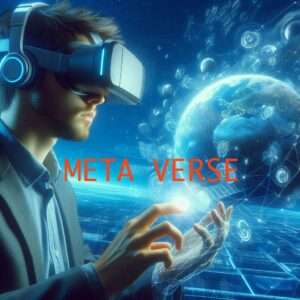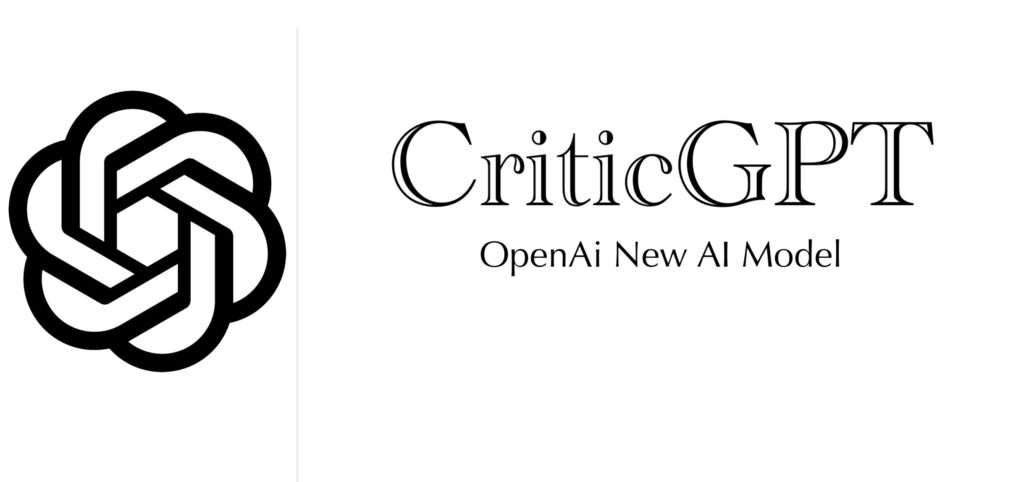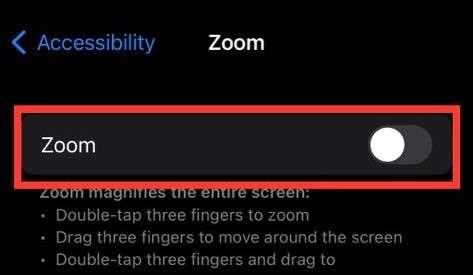The term “Metaverse” refers to a collective virtual shared space, created by the convergence of virtually enhanced physical reality and physically persistent virtual space. The realities included in this are all virtual worlds, augmented reality, and the Internet. It involves one complex concept that has managed to capture many technologists, futurists, and the general public. To really get a feel for the metaverse, one has to be familiar with its origin, elements that will comprise it, possible applications, and challenges ahead.
Origins and Evolution
The term Metaverse was brought before the public by Neal Stephenson in his science fiction novel of 1992, “Snow Crash,” referring to a virtual reality-based successor to the internet. People go in avatars that converse with each other and software agents in a three-dimensional space. The vision has undergone a lot of change with technological advances, covering a wide reach of digital environments beyond the realms of virtual reality into augmented reality, mixed reality, and extended reality.
Base Components
- Virtual Worlds: They are more immersive digital environments in which users can interact, socialize, game, and even do business. Examples of virtual worlds that have joined the metaverse experience include Second Life, Fortnite, and Roblox.
- Augmented Reality (AR): AR overlays information that is digitally displayed on the real world, hence enhancing the physical environment with virtual components. Applications like Pokémon Go and AR features in smartphones and smart glasses are practical implementations of AR within the metaverse.
- Virtual Reality (VR): VR creates a completely immersive digital experience that immerses the user from the physical world. Devices like Oculus Rift, HTC Vive, and PlayStation VR have made it possible for users to move about and interact in totally virtual spaces.
- Mixed Reality (MR): MR borrows some features from both AR and VR since real objects interact with virtual ones in real-time. For instance, HoloLens represents top-notch MR technology developed by Microsoft, merging holographic content with area ability.
- Extended Reality (XR): XR is an all-encompassing term representing AR, VR, and MR, indicating that these immersive technologies build the base of the metaverse.
Technological Foundations
Metaverse has to rely on some leading-edge technologies working together in sync. Those of them are:
- Blockchain: will provide security, decentralization, and absolute security for transactions occurring within the metaverse. Blockchain allows creating and exchanging digital assets, like cryptocurrencies and non-fungible tokens.
- Artificial Intelligence: AI is backed by interactive aspects in the metaverse. It`s from most difficult and clever NPCs to customized experiences created for every user, which depends from machine learning algorithms to help develop a more realistic and adaptive atmosphere.
- Internet of Things: Real world data from IoT devices in the metaverse make interactions between the two worlds dynamic. More smart sensors, wearables, and connected devices enhance the immersive experience.
- 5G Connectivity: The internet given by the 5G networks guarantees high speed and low latency, critical to the real-time interaction and exchange of data occurring within the metaverse.
Potential Applications
The Metaverse can potentially transform a wide gamut of human activity:
- Social Interaction: Social interaction is much better and more savory in virtual environments than the traditional social media online platforms. Starting from meeting to social interaction and even building relationships in a virtual space, it goes beyond geographical boundaries.
- Entertainment and Gaming: This makes the gaming industry an obvious partner for the metaverse, but platforms like Fortnite and Roblox already function as proto-metaverses, only hinting at endless possibilities in terms of immersive entertainment experiences.
- Education and Training: Metaverse made available are innovative tools for education and professional training. It allows truly immersive learning experiences that can model situations out of the real world.
- Commerce and Economy: Virtual Places for shopping are within the metaverse, wherein one could buy, vend, and trade digital along with physical products. Much of the transactions in this virtual economy take place through cryptocurrencies and NFTs.
- Work and Collaboration: This has changed the face of work from home with virtual collaboration tools. The metaverse goes a step beyond and provides virtual offices and meeting spaces that make the user feel he is physically present.
- Healthcare: The metaverse would be able to enhance telemedicine and virtual health consults further for cases that require greater levels of immersive and interactive experiences for the patients.
- Real Estate and Architecture: This forms an expanding marketplace for virtual land, which is bought, sold, and developed within the metaverse. This space is used by architects and designers for design and showcasing work.
Challenges and Considerations
The huge challenges that accompany it notwithstanding, the great potential exists in: - Privacy and Security: Many applications running into one raises red flags as regards issues of data privacy and security. Protection of personal information and digital assets of the user is paramount.
- Digital Divide: A basic digital divide of access to technology and the Internet will become an access gate to the metaverse. This is a big concern taken into view from all users’ unequal access to these.
- Regulation and Governance: The metaverse, being decentralized and global in nature, challenges regulation and governance. It is essential to have generated legal frameworks in a manner to protect users while assuring fair practices.
- Mental Health: The effect of long-term exposure to these technologies of immersion is a concern to mental health. Precarious attention has to be paid to the possible negative impact of the wellness of their users.
- Interoperability: To be a single environment, a metaverse would require the different virtual worlds and platforms to be interoperable. Standardizing protocols, making them compatible, is quite a challenge.
Future Outlook:
Though the Metaverse is at this time still nascent, the momentum indicates that it is going to be a part and parcel of daily life. Big technology companies such as Facebook—now Meta—or Google, Microsoft, and Apple are betting hard on metaverse technologies.
Innovations in AI, XR, and blockchain will continue fueling the development of the metaverse, turning it into a place at once more immersive, more accessible, yet more integrated with the physical world. Once these technologies have germinated sufficiently on their own, the metaverse could eventually turn into an entirely realized digital parallel to our physical reality and offer an unprecedented means of development in many respects: social, economic, and cultural.
The metaverse is a paradigm shift through which people interact in the digital environment, bringing both worlds together in a flowing and immersive experience. Its possible applications are across a wide base of subjects such as entertainment, education, commerce, health, and other walks of life. To that end, the broad possibility of application of the metaverse depends on how serious concerns about privacy, security, access, and regulation are resolved. It is in these complexities that the metaverse will find its place in our future and ultimately be a game-changer in how each of us lives, works, and has fun.








